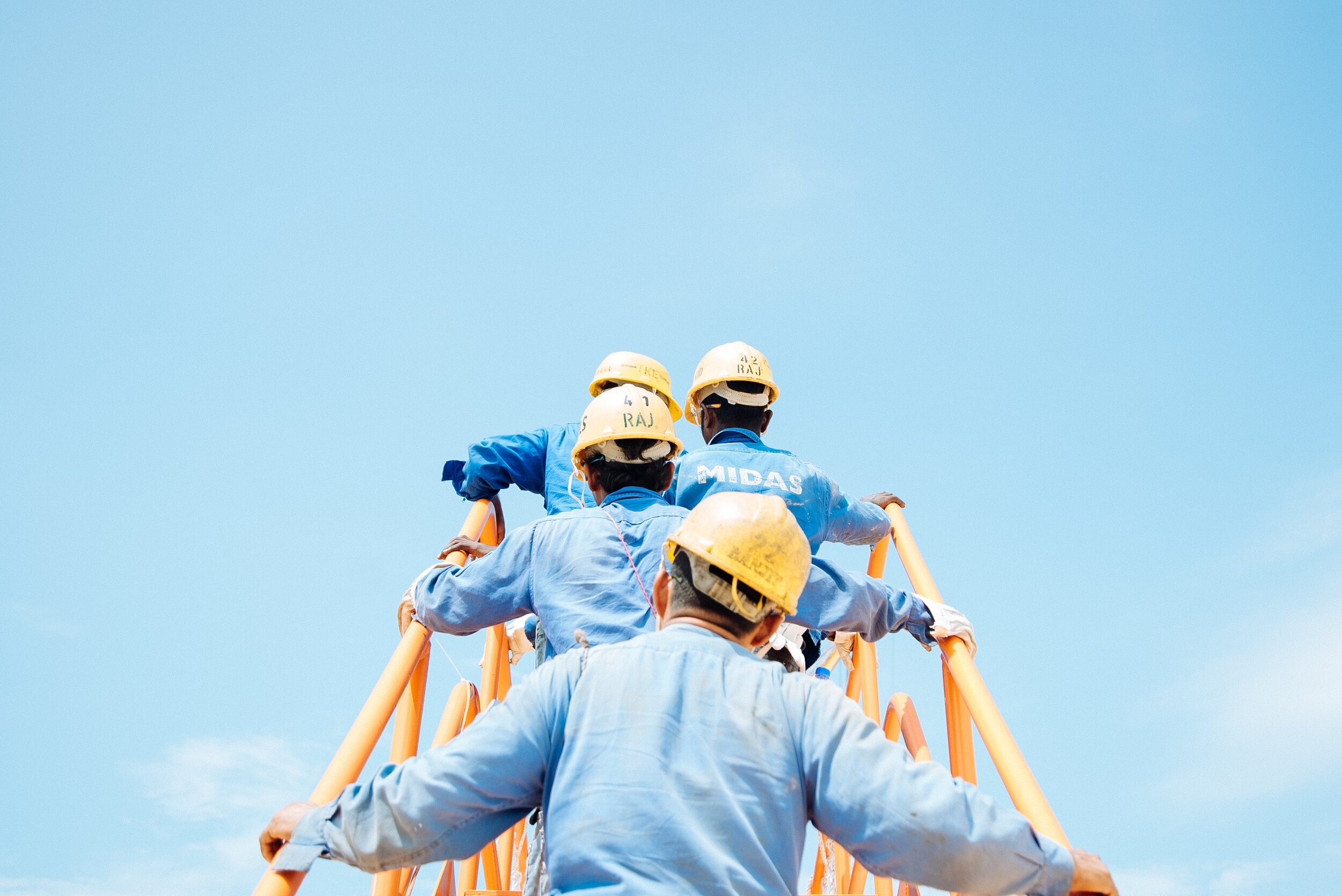Look for today’s heroes amongst yesterday’s perpetrators
Companies tasked with building responsible supply chains are facing a lot of pressure. On one hand, legislation when it comes to due diligence is multiplying, and becoming more focused and more demanding in certain jurisdictions. On the other hand, new stories on forced labour cases are becoming more commonplace.
This dual set of drivers has given birth to an unlikely cluster of companies now committed to and investing in making their supply chains more sustainable. They went through a baptism of fire, through scandal and media exposure, and have risen to be frontrunners in their sustainability efforts.
Among them are buyers who work closely with their suppliers to drive much needed improvements, retailers who opt for tools that support transparency, and suppliers and intermediaries who create channels where authentic listening to workers is possible.
This dual set of drivers has given birth to an unlikely cluster of companies now committed to and investing in making their supply chains more sustainable.
Often, these ‘heroes’ of today are yesterday’s ‘perpetrators’. Why? The spotlight and pressure these named and shamed brands faced has the effect of accelerating progress, and unlocking internal buy-in, thereby enabling more significant efforts at addressing and improving working conditions along their supply chains.
But the public only got the first part of the story - the scandal.
We all remember news items showing children sewing trainers, workers on crowded boats, and women on tea plantations with no sanitation. These are deeply moving images that stay with us, as we sympathise with the underage worker, feel the cramped living conditions, smell the latrines and stagnant water. Such detailed stories on working conditions and labour abuses worldwide are important, because every worker counts.
But these images are only a snap-shot. This is problematic when it comes to working conditions because it creates a stagnant context around an ever-changing environment. We see the images uncovered in the report, but rarely do we see what improvements are made when the targeted brand or retailer engages with the supplier to bring about change.
The irony here is that the brands who are now leading the way when it comes to sustainable supply chains often share the experience of a crisis. They’ve had their fingers burnt when it comes to having issues such as modern slavery or labour exploitation associated with their products, and they’ve often been publicly named and shamed for their suppliers’ unethical labour practices. Because media coverage is frozen in time, consumers retain negative associations despite the fact that the working conditions reported then, often, don’t apply now.
The irony here is that the brands who are now leading the way when it comes to sustainable supply chains often share the experience of a crisis
No matter the sector, supply chains within our globalized economies are incredibly complex, and whether we like it or not, global supply chains connected to nearly everything we buy contain traces of exploitation and perhaps even modern slavery. A scandal singling out one brand can disguise the fact that others are struggling with exactly the same issues. Our ‘heroes’ are the ones that acknowledge the collective problem, dig for details, and look for opportunities for improvement, rather than those who recognise no issue.
Stories of improvement are exactly what we need in order to create a culture that not only makes room for, but also rewards transparency and those who acknowledge that all global supply chains have blind spots where austere working conditions flourish.
However, without the ongoing follow up of the media, paying attention to what happens after the exposé, these stories about how and whether working conditions have changed or what employers, intermediaries and buyers have done rarely reach the public. So we are often missing the ‘getting-better story’.
What happens when we continuously miss these impact stories? We miss the opportunity to acknowledge and celebrate the ongoing improvements being made, the positive and practical changes in the lives of workers made possible through collective, responsive action and ownership.
Celebrate improvement
So what does it take to foster a culture of positive impact?
First, we need to celebrate improvement wherever and whenever it happens. We understand every supply chain has problems - but we must move beyond the binaries of heroes and perpetrators, good guys and bad guys. In all aspects of this work there are countless shades of gray; and if we wish to encourage continuous improvement, we need to acknowledge that all brands face the problem of invisible working conditions.
Second, we not only recognize and reward material improvements. We also need to acknowledge and reward effort, as this presents the first step towards impactful change. Luckily, we see a lot of effort and tenacity across the board: from berry growers to textile producers, to large apparel factories and their intermediaries, and retailers that are quick to partner up, instead of police.
We are all chasing improvement, so where are the improvement stories?
Whether you’re a journalist, an activist, a lawyer, or a practitioner: we in ethical trade deeply care about working conditions and worker wellbeing. To that end, we seek to hold brands and their suppliers accountable for what they do about forced labour and unethical working conditions in their supply chains. However, the means we choose to encourage ownership and accountability are just as crucial as our end goal, and so rightly deserve scrutiny.
We are all chasing improvement, so where are the improvement stories? Let’s make a point of emphasizing what brands are doing and what their impact is, instead of only dissecting the tough moments. Let’s celebrate progress, because working conditions are not stagnant, and the stories we tell about them shouldn’t be either.

